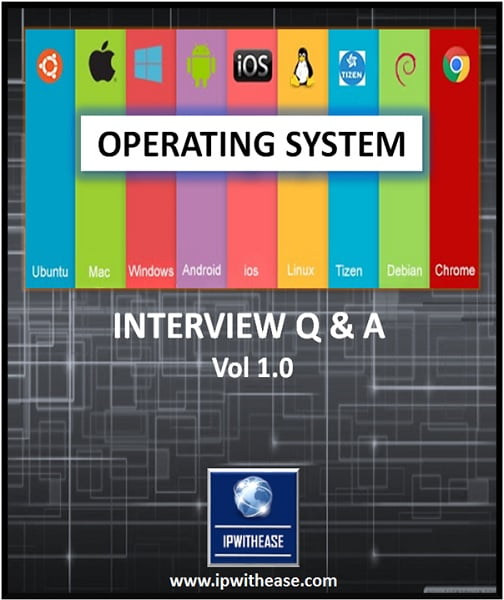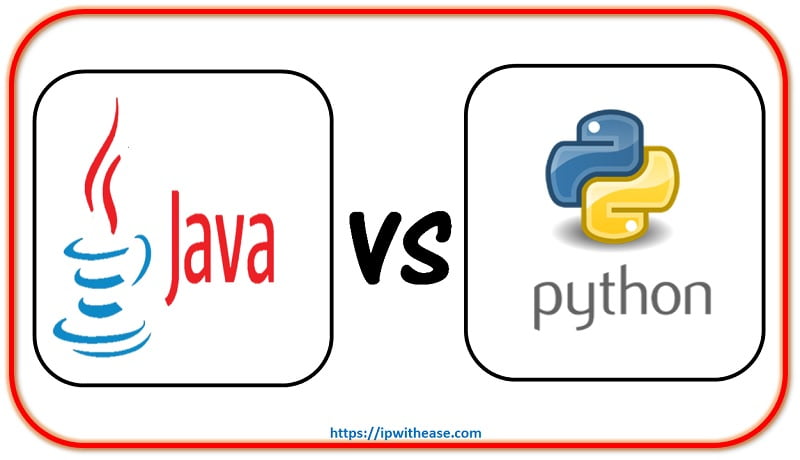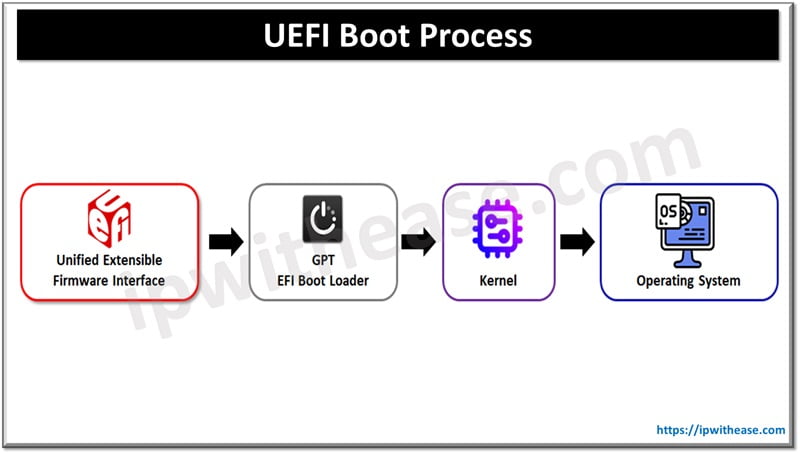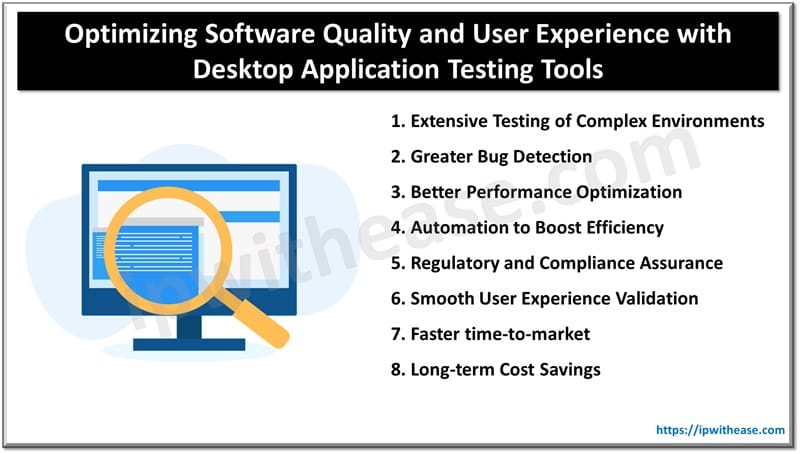Introduction to Open Source Operating System
The first Open Source software is made available in 1997. Now there are Open Source alternatives for every Software application irrespective of the industry.
From the very beginning of the 21st-century, technical advancements and innovations lead to the creation of many Open Source Operating Systems. Here is everything you need to know about the Open Source Operating Systems.
What is Open Source Operating System?
To understand it, first, you should know what is Open source?
Open source refers to the computer software or applications where the owners or copyright holders allow the users or third party to see, use and provide the right to modify the source code of the product.
An Open-source Operating System is the Operating System in which source code is visible publically and editable. The generally known Operating Systems like Microsoft’s Windows, Apple’s iOS and Mac OS, are closed Operating system.
Closed Operating Systems are built with numerous codes and complex programming and that is called source code. This source code is kept secret by the respective companies (owners) and inaccessible to third parties. By doing so, they ensure the safety and secure the Operating System and computer from any threats.
In the case of an Open Source Operating system, everyone can access and edit the source code.
How Open Source Operating System Works?
Open Source Operating System works the same as the closed ones; the only difference is that the source code or the whole application is modifiable by the user. There is no difference in performance, but there can be a difference in functioning. Functional testing ensures that the modifiability of the source code in an Open Source Operating System does not compromise its intended functionality, confirming that it performs as expected regardless of user modifications.
For example, in a proprietary (closed) Operating system, the information is packed and stored. The same happens in the Open Source. But since the source code is visible to you (user) you can understand the process and alter the way information is processed.
While the former is secure and hassle-free, the latter needs some technical knowledge, but you can customize and increase performance. The difference and Pros & Cons are discussed later in the article.
There is no defined way or framework for the Open Source Operating System working; it can be customized based on the user needs.
Types of Open Source Operating System
Most of the Open Source Operating Systems are Linux based.
- Linux Kernel is created by Linus Torvalds. It provides the core functions needed for an Operating System like Parcelling of data, processing of memory, and interactions with the computer hardware. Linux is open-source many developers studied the source code and created many supportive plug-ins and operating systems for their needs. Though Linux is the heart of the operating systems, there are also some Open Source
- Operating Systems that are not based on Linux.
There are many types of Operating systems that differ between them based on their goal and purpose. While some of them, like – Ubuntu, Linux Mint, and Elementary OS focus on simplicity, some like Tails focus on security.
How many Open Source Operating systems are there?
The answer is infinite. If you have enough technical and programming knowledge to understand the code of an Open Source Operating System, then you can also create one as per your or your company’s needs and sell it.
Pros and Cons of Open Source Operating Systems:
Pros:
- Cost-efficient – Most of the Open Source OS is free. And some of them are available at a very cheap rate than the commercial closed products.
- Reliable and efficient – Most of them are monitored by thousands of eyes since the source code is public. So if there is any vulnerability or bugs, they are fixed by the best developers around the world
- Flexibility- The great advantage is you can customize it as per your need. And there is creative freedom.
Cons:
- Security risk – Though the bugs are identified, there is a risk of attacks as the source code is available to the attackers.
- Complicated – It is not user-friendly as the closed ones. You need to have the minimum technical knowledge to use this software
- No support – If you meet with the problem, then there is no customer support to help you out.
So should I adopt Open Source Operating System?
Though the securities of the open-source software questionable, there is no guarantee on the proprietory OS. So, if you have enough technical knowledge or talents to understand the working of the Open Source Operating system, then you should go for it.
In the end, it is all about sacrificing the user experience and security for higher performance, customization, and privacy.
Continue Reading:
What is Operating System (OS) and Its Functions?
What is Distributed Operating System (DOS) ?
In case you are preparing for your next interview, then our e book on Operating System Interview Q&A
would be really helpful for you.

ABOUT THE AUTHOR

You can learn more about her on her linkedin profile – Rashmi Bhardwaj



